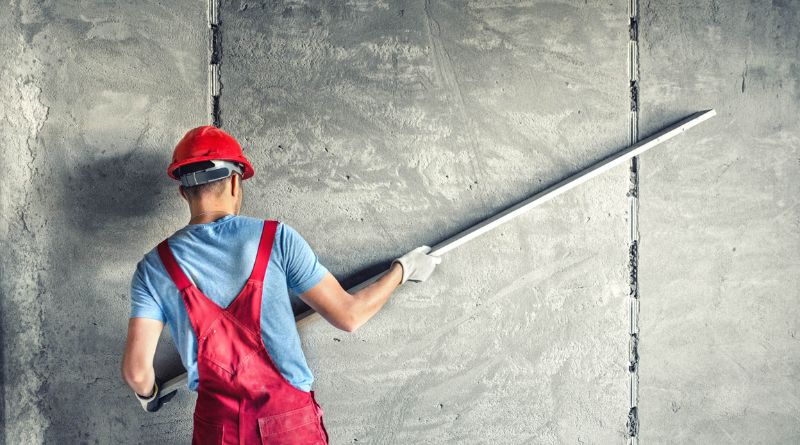Building projects can be exciting and fulfilling, but choosing the right construction materials can be overwhelming. With so many options available, it can be challenging to know where to start. However, the materials you select will have a significant impact on the outcome of your project, including the overall cost, sustainability, durability, and appearance. Perry Adam Lieber shares some factors to consider when choosing construction materials to optimize your building project.
Evaluate the Environment and Location
Your building’s environment and location are essential factors to consider when selecting construction materials. For instance, if you’re building in an area with high humidity or frequent rainfall, you’ll need materials that can withstand moisture without corroding. In addition, you should consider local climates, soil conditions, and natural hazards, such as earthquakes, floods, or hurricanes. Using materials that are suitable for the environment can prevent early deterioration or damage, which can save you money on repairs and replacements.
Identify Your Construction Needs and Goals
Your building’s purpose and function will also determine the type of materials you need. For example, if you’re building a residential home, you may want to prioritize energy efficiency, insulation, and aesthetic appeal. If you’re constructing a commercial building, you may need to focus on durability, fire resistance, and low maintenance. You should also consider your budget and timeline to ensure that the materials you select align with your construction goals.
Choose Sustainable and Environmentally Friendly Materials
Sustainability and environmental consciousness are becoming increasingly crucial in the construction industry. Choosing sustainable materials can reduce the carbon footprint of your building, conserve natural resources, and improve indoor air quality. Examples of sustainable materials include bamboo, cork, recycled glass, and eco-friendly insulation. You can also consider using renewable energy sources, such as solar panels, to power your building. In addition, sustainable materials can increase your building’s value and attract environmentally conscious buyers or tenants.
Prioritize Quality and Longevity
While budget constraints can be a significant factor in choosing construction materials, opting for cheaper or low-quality materials can cost you more in the long run. For instance, using low-quality paint or flooring can lead to discolouration, scratches, or peeling, which can reduce the aesthetic appeal and require frequent replacements. Choosing high-quality materials may be more expensive initially, but they are likely to last longer and require less maintenance, saving you money in the long run.
Consider the Design and Aesthetics
The design and aesthetics of your building can also influence the materials you choose. The materials you select can impact the texture, color, and overall appearance of your building. For example, using natural stone or wood can create a rustic or earthy look, while using metal or glass can create a modern or industrial feel. You should also consider the size, shape, and proportion of your building to ensure that the materials complement its design.
In conclusion, choosing the right construction materials is essential to optimize your building project. By evaluating the environment, identifying your construction needs, prioritizing sustainability, choosing quality and longevity, and considering the design and aesthetics, you can select materials that align with your goals and budget. If you’re unsure about the best materials for your project, consult with a professional construction company or contractor like Perry Lieber to help you make informed decisions. With the right materials, you can create a durable, sustainable, and visually appealing building that meets your needs and exceeds your expectations.





